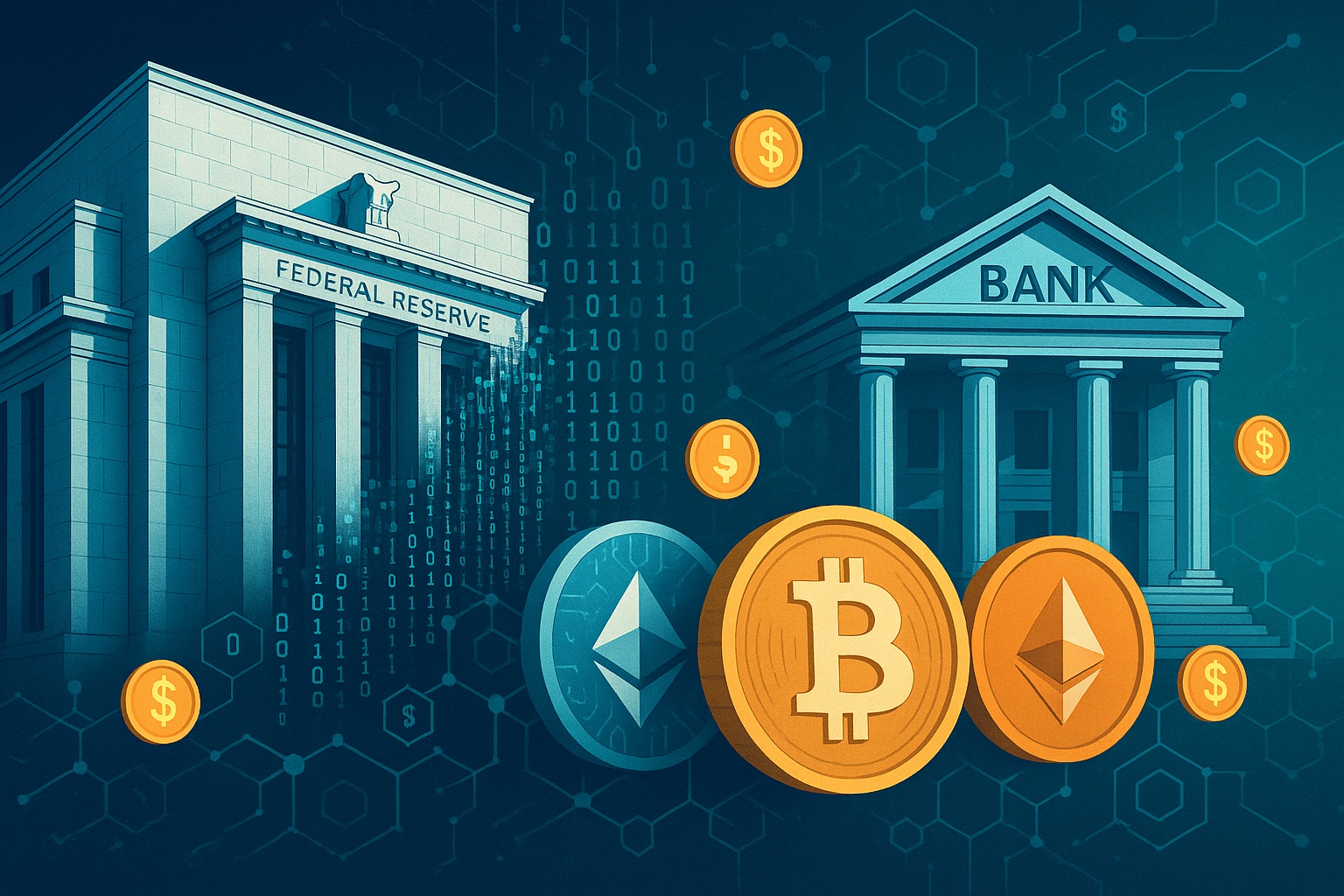Bitcoin is having a wild week.
On April 9, prices shot up past $82,000 after President Trump announced a 90-day pause on tariffs for countries that weren’t retaliating against the U.S. Traders saw this as a move that could reduce inflation, and the market reacted fast. Bitcoin climbed to $83,541.00, hitting a multi-week high.
Then, just a day later, things shifted.
Today, the U.S. Consumer Price Index (CPI) came in at 2.4% for March—lower than expected and down from 2.8% in February. That number hinted that inflation was cooling off. Normally, that would be great news for markets. But despite the CPI data, Bitcoin fell below $80,000, giving back some of its gains.
At the time of this writing, it was trading at $80,394.60, recovering slightly after dropping as low as $78,969.89. Volatility returned in full force.
The Tariff Pause and Inflation Drop
Markets responded quickly to two major events:
- Trump’s tariff pause announcement on April 9 was seen as a pressure valve on global inflation.
- The March CPI data, released today, showed a cooling trend with just a 0.1% increase in the core rate.
Together, these signaled to many that the Fed might slow down on rate hikes. But the crypto market didn’t rally as expected.
Market Sentiment: A Line in the Sand
Analysts are watching key technical levels. The $83,500 mark has become a line in the sand. Failing to hold above it could send Bitcoin sliding toward $77,000, a level that would suggest renewed bearish momentum.
Current technical indicators reflect uncertainty. According to CoinCodex, the Relative Strength Index (RSI) sits around 49.67—neither bullish nor bearish. The 50-day moving average has started trending downward, raising some red flags.
What the Experts Are Saying
Opinions on where Bitcoin heads next are split.
Mike Marshall from Amberdata cautions that the CPI report may not show the full picture. He points to longer-term risks, including trade disruptions and the threat of recession.
Bitfinex analysts agree that while the tariff pause provided a lift, something bigger—like a Federal Reserve pivot—might be needed to bring in real capital.
Mike Cahill from Douro Labs believes low inflation and weakening bond markets could steer more money into Bitcoin, especially as a digital store of value in unstable times.
Joe Burnett at Unchained says Bitcoin is looking more attractive as trust in fiat currencies erodes due to fiscal pressures and geopolitical risk.
Meanwhile, Scott Buchanan from Bitcoin Depot sees recent events as positioning Bitcoin less as a short-term trade and more as a long-term hedge.
Capital and Exchange Flows Tell a Story
Capital inflows into Bitcoin have slowed drastically. They’re down over 90% from the $100 billion high seen earlier this year. That’s according to Glassnode data shared by Mitrade.
At the same time, exchange activity has picked up. Over 22,000 BTC—about $1.82 billion—were moved to Binance in the 12 days leading up to April 10. That shift, as reported by Dimsumdaily, suggests that investors are preparing for more price swings.
Ethereum, XRP, and Solana: Brief Bounce, Then Fall
Bitcoin wasn’t alone in the action. The broader crypto market got a bump on April 9.
XRP and Solana both saw gains of over 10%, and Ethereum also rallied. But that strength didn’t last. By April 10, the whole market had dropped more than 5%, with Ethereum down 9.11% and XRP off 4.48%.
Looking Ahead: Eyes on the PPI
The next big data point is the Producer Price Index (PPI), set to be released on April 11. If that number continues the cooling trend, it could boost confidence in a Fed pivot. On the other hand, a surprise jump could rattle markets.
Geopolitical risks and regulatory uncertainty are still in play, so volatility is likely to continue.
Final Thoughts
Bitcoin’s reaction to the tariff pause and lower inflation shows how complex this market has become. Even with good news, price action isn’t always predictable.
There’s optimism—but it’s cautious. If you’re watching Bitcoin, keep an eye on economic signals, sentiment levels, and whether BTC can reclaim and hold above $83,500.
The next few weeks could determine if this was just a short-lived rally or the start of a new chapter.



